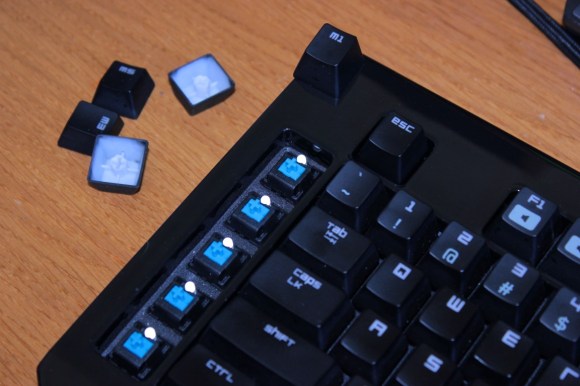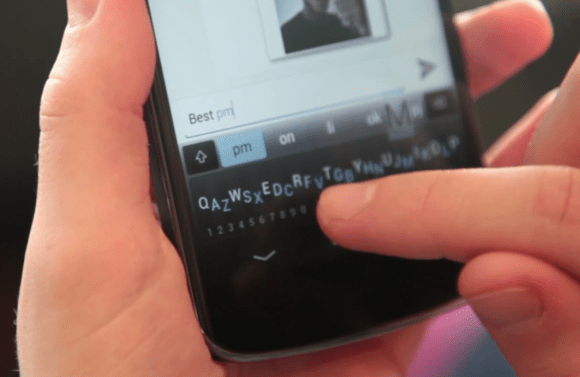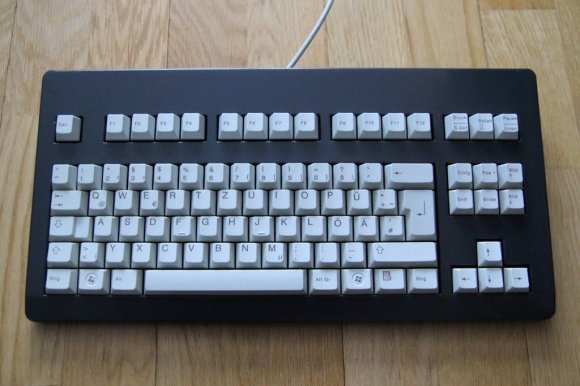
As a software developer, [suka] spends a lot of time every day in front of a keyboard. He had been trying out different keyboard layouts far less common than even the moderetly obscure Dvorak layout, and after some time decided a custom ergonomic keyboard was what he wanted. His progress of designing his own custom ergonomic keyboard is a fascinating read, made even cooler by the fact these are real, professional-quality keyboards with mechanical switches and custom enclosures.
After starting off with a few USB numpads, [suka] dove in to the world of Cherry switches by crafting his own wing-style keyboard. [suka] works for one of the larger manufacturers of laser-sintering machines, so he was able to create the enclosures for his keybaord – as well as the key caps – fairly easily. The technology behind laser sintering allowed [suka] to create some strange bowl and trough-shaped keyboards before settling on his daily driver, seen above.
The Blue Cube, as [suka] calls it, includes an integrated stand, an integrated IBM trackpoint mouse, and is powered by a Teensy microcontroller. [suka]’s keyboards might not be heafty enough for melee combat like the venerable IBM Model M, but it’s exactly what [suka] wants, and that’s just fine by us.
















